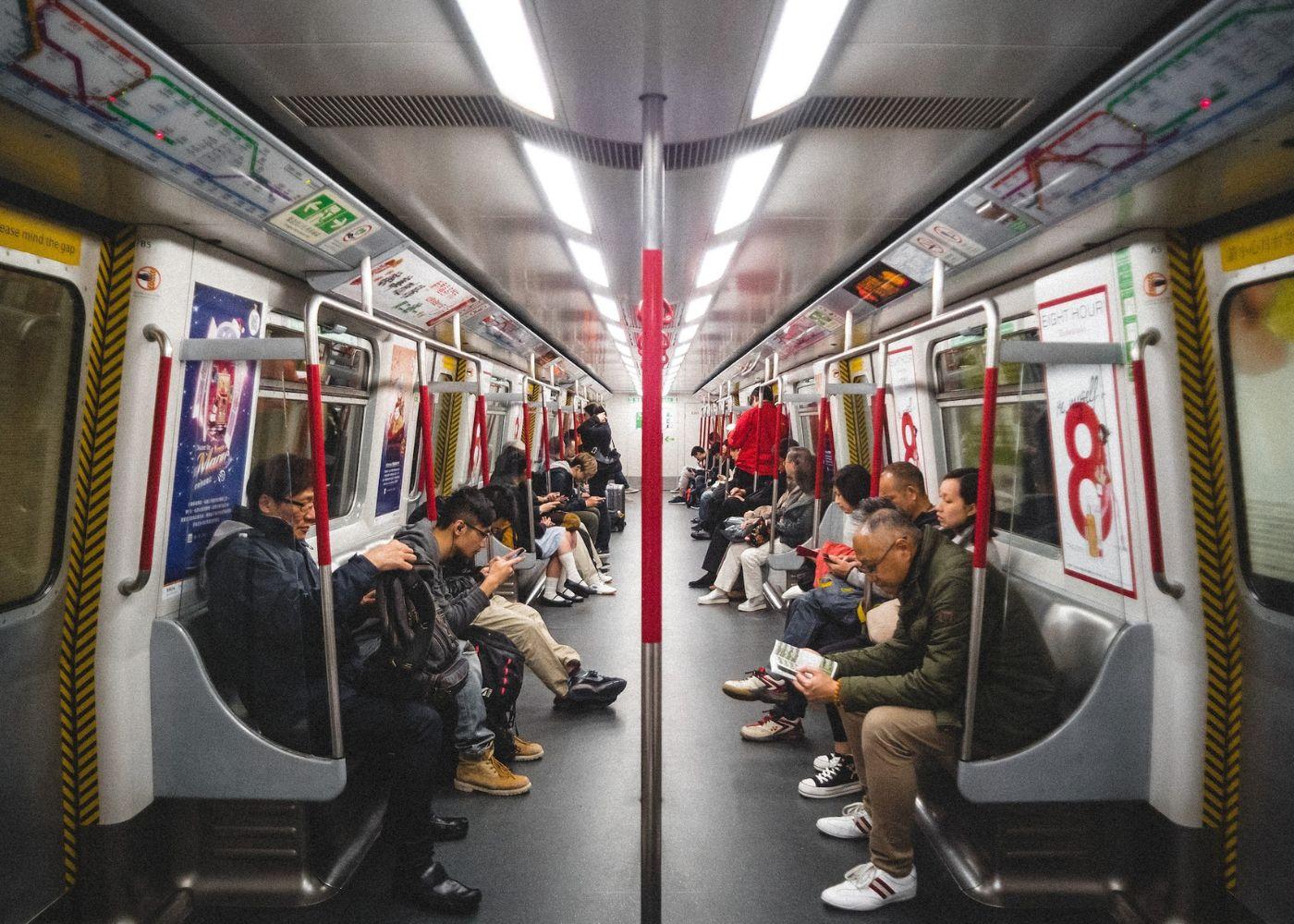Trams, once a ubiquitous sight in cities around the world, have gradually disappeared from urban landscapes. This article delves into the multifaceted reasons behind cities’ decisions to get rid of trams. By examining historical, economic, and technological factors, we aim to shed light on the demise of trams and the subsequent rise of alternative modes of transportation.
- Urban Expansion and Space Constraints:
As cities expanded rapidly in the 20th century, the need for efficient transportation systems became paramount. Trams, with their fixed tracks, posed challenges in terms of flexibility and adaptability. Expanding cities required the ability to reroute transportation networks quickly, leading to the preference for more versatile modes of transport, such as buses and cars. - Automobile Boom and Suburbanization:
The post-World War II era witnessed a surge in automobile ownership, which led to a shift in urban planning and transportation priorities. The rise of private car usage and the subsequent suburbanization of cities resulted in a decline in tram ridership. Cities began prioritizing road infrastructure and car-centric designs, relegating trams to the periphery. - Cost Considerations:
Maintaining and expanding tram networks can be financially burdensome for cities. Trams require dedicated tracks, overhead wires, and specialized infrastructure, all of which entail significant capital investments. In comparison, buses offer a more cost-effective solution, as they can share existing road infrastructure. The perceived cost savings associated with buses often influenced cities’ decisions to phase out trams. - Technological Advancements:
The advent of new transportation technologies, such as buses and later, metro systems, presented cities with alternatives to trams. Buses offered greater flexibility, allowing for route modifications and easier integration into existing road networks. Metro systems, on the other hand, provided higher capacity and faster travel times, making them more attractive for densely populated urban areas. These technological advancements further contributed to the decline of trams. - Perception and Image:
Trams, often associated with outdated infrastructure and slower travel speeds, suffered from an image problem. As cities aimed to modernize and project a progressive image, trams were seen as relics of the past. The allure of sleeker, more futuristic transportation options played a role in the decision to remove trams from city streets.
Conclusion:
The demise of trams in cities can be attributed to a combination of factors, including urban expansion, the rise of automobiles, cost considerations, technological advancements, and image-related concerns. While trams may have lost their prominence, their legacy lives on in the form of heritage tramways and the nostalgia they evoke. Understanding the reasons behind the abandonment of trams provides valuable insights into the evolution of urban transportation and the complex decision-making processes that shape our cities today.

